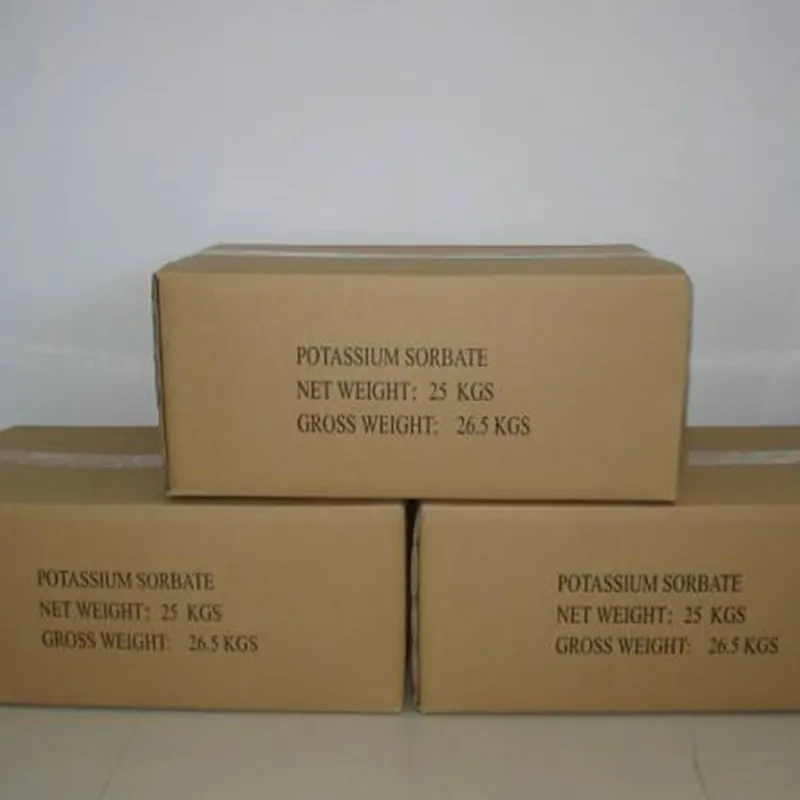
e331 food additive
Understanding E331 The Food Additive and Its Implications
E331, commonly known as sodium citrate, is a food additive that plays a pivotal role in the food industry. As a salt derived from citric acid, it appears as a white, crystalline powder and is often used for its unique chemical properties. This article examines the functions of E331, its safety profile, and its multifaceted applications in food products.
What is E331?
E331 refers to a group of sodium salts of citric acid, primarily sodium citrate, and is classified as an acidulant, buffering agent, emulsifier, and sequestrant. It is particularly valued for its ability to regulate acidity in food products, which can significantly influence taste, stability, and quality. Sodium citrate is often used to enhance flavors, aiding in the preservation of freshness, and preventing spoilage.
Functions of E331 in Food
One of the primary uses of E331 is as a buffering agent. This means that it helps maintain a desired pH level in food products, which is crucial for preventing spoilage and sustaining flavor profiles. In dairy products, for instance, sodium citrate can prevent curd formation, ensuring a smooth texture in processed cheese and cream.
Moreover, E331 serves as a sequestrant, which means it can bind to metal ions and prevent them from catalyzing oxidation, a common cause of rancidity. This function is essential in products such as sauces and dressings, where it helps maintain freshness and extends shelf life.
In the realm of emulsifying agents, E331 plays a significant role in stabilizing mixtures that would otherwise separate, such as oil and water. This is particularly important in products like margarine and mayonnaise, where a consistent texture is essential for consumer satisfaction.
e331 food additive

Safety and Regulatory Status
Many consumers are concerned about the safety of food additives, and E331 is no exception. The European Food Safety Authority (EFSA) and the U.S. Food and Drug Administration (FDA) have both evaluated sodium citrate and deemed it safe for consumption. When used within established limits, E331 poses minimal health risks for the vast majority of individuals.
Nevertheless, individuals with specific dietary restrictions or health conditions should be cautious. For example, those on low-sodium diets may need to limit their intake due to the sodium content. It's always advisable for consumers to read labels and be aware of the ingredients in the food they consume.
Applications Beyond the Kitchen
The utility of E331 extends beyond the food industry. Due to its properties, sodium citrate is also used in the pharmaceutical sector as a blood anticoagulant during blood transfusions. Additionally, it is found in various laboratory settings and cosmetic products, highlighting its versatility across different fields.
Conclusion
In conclusion, E331, or sodium citrate, is a food additive with a multitude of roles in the food industry. From its ability to maintain pH levels and act as a preservative to its emulsifying properties, E331 is integral to the production of many food items that consumers enjoy. As with any food additive, awareness regarding its use is important for those with specific health concerns. Overall, E331 continues to be a valuable tool in both the food sector and beyond, showcasing the intricate balance of science and culinary art that underpins food production. Whether you're indulging in a creamy cheese sauce or a smooth salad dressing, the presence of E331 enhances your dining experience in ways you might never have imagined.
-
Understanding Synthetic Rubber OptionsNewsApr.27,2025
-
Trichloroisocyanuric Acid: Essential for Clean and Safe WaterNewsApr.27,2025
-
Sodium Dichloroisocyanurate: Key to Safe Water TreatmentNewsApr.27,2025
-
Sodium Acid Pyrophosphate: Essential in Modern Food ProcessingNewsApr.27,2025
-
Essential Water Treatment ChemicalsNewsApr.27,2025
-
Denatured Alcohol and Its Industrial UsesNewsApr.27,2025
-
The Versatile Uses of Sodium BicarbonateNewsApr.24,2025
Hebei Tenger Chemical Technology Co., Ltd. focuses on the chemical industry and is committed to the export service of chemical raw materials.
-

view more DiethanolisopropanolamineIn the ever-growing field of chemical solutions, diethanolisopropanolamine (DEIPA) stands out as a versatile and important compound. Due to its unique chemical structure and properties, DEIPA is of interest to various industries including construction, personal care, and agriculture. -

view more TriisopropanolamineTriisopropanolamine (TIPA) alkanol amine substance, is a kind of alcohol amine compound with amino and alcohol hydroxyl, and because of its molecules contains both amino and hydroxyl. -

view more Tetramethyl Thiuram DisulfideTetramethyl thiuram disulfide, also known as TMTD, is a white to light-yellow powder with a distinct sulfur-like odor. It is soluble in organic solvents such as benzene, acetone, and ethyl acetate, making it highly versatile for use in different formulations. TMTD is known for its excellent vulcanization acceleration properties, which makes it a key ingredient in the production of rubber products. Additionally, it acts as an effective fungicide and bactericide, making it valuable in agricultural applications. Its high purity and stability ensure consistent performance, making it a preferred choice for manufacturers across various industries.











